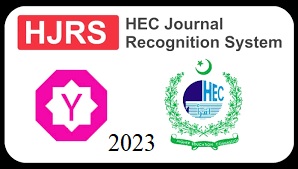Drugs prescribed and adverse drug reaction monitoring in skin diseases
DOI:
https://doi.org/10.56770/jcp2019325Keywords:
Drugs prescription, Adverse drug reaction, Monitoring, Skin diseasesAbstract
Background: Skin diseases are more common due to bacteria and fungi, mostly antibiotics, antifungal, NSAIDs, corticosteroids, antipsoriatics and antiacne agents are prescribed. 10% of hospital admissions are due to these ADRs
that include anaphylactic shock, hypersensitivity reactions. Monitoring of ADRs associated with the use of these drugs can be monitored by various ways including spontaneous reporting, yellow card scheme, direct patient reporting, and case control and cohort studies. Method: It is a retrospective study conducted by reviewing research
articles and journals like Journal American Medical Association, JAMA, American Society of Health System Pharmacists, MedCare etc. relating to skin diseases and ADR monitoring relating to use of drugs for treatment from
1969 to 2016. Conclusion: Most prevalent skin diseases are acne, microbial infections, psoriasis, hypersensitivity
reactions, fungal infections and drug used for their treatment results in various adverse drug reactions which should be monitored during the therapy. These ADRs may be associated with minor to life threatening conditions.
Downloads
Published
How to Cite
Issue
Section
License
Copyright (c) 2020 The authors retain the copyright without restriction.

This work is licensed under a Creative Commons Attribution 4.0 International License.









